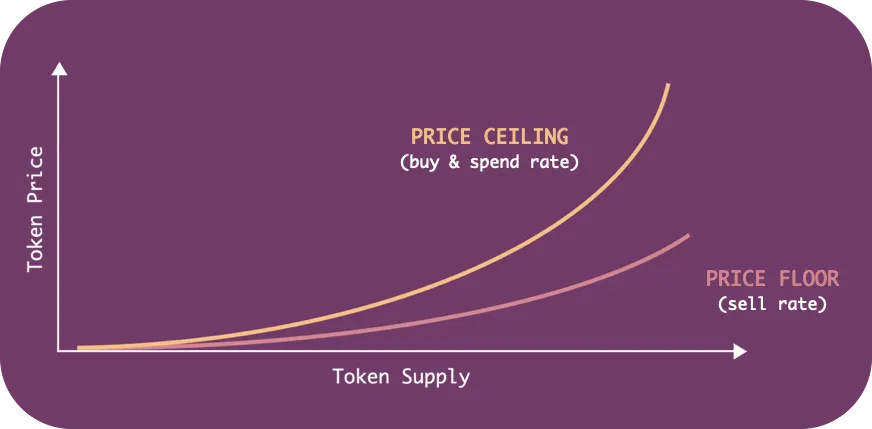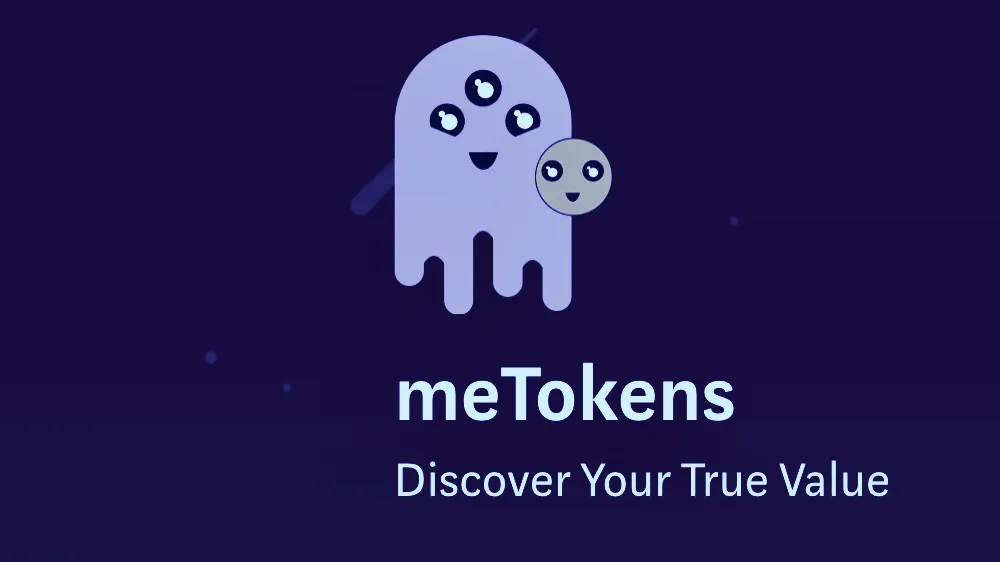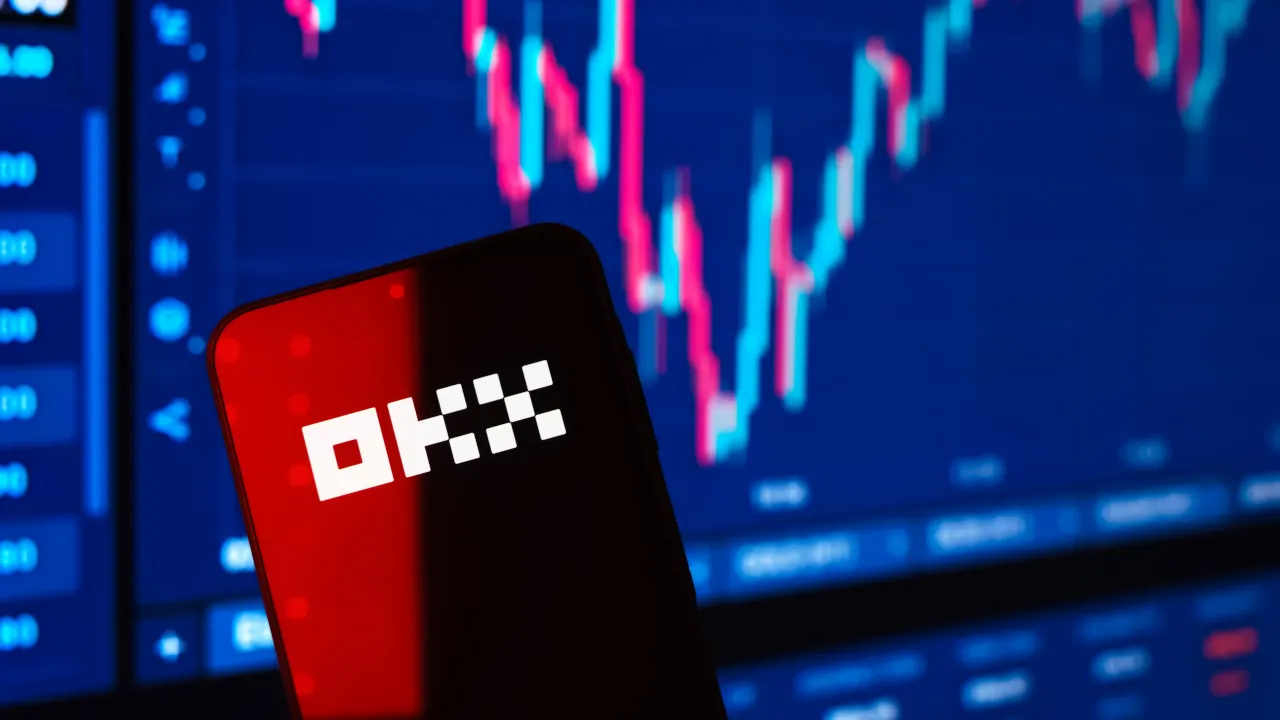In Brief
- MeTokens are a new form of value storage and transfer issued by people or organizations with specialized skills or knowledge
- The value of meTokens increases on a predetermined curve, increasing the value issuers can unlock when redeeming tokens
- MeTokens represent a new way to acknowledge and transfer personal and institutional value
A new type of token that launched this week on StakeOnMe, is trying to create a market for investing in freelancer workers and influencers. MeTokens, the brainchild of entrepreneur Chris Robison, taps into two innovative concepts: “synthetic labor” and “curved-token bonding.” Yeah, bear with us.
Synthetic labor is a way to buy into the future work of a person or entity; the worker issues the MeToken, which can be exchanged for goods and services in the future.
Today we're officially announcing that meTokens are now live at https://t.co/inq2ge17FY!
💁♀️ meTokens are a new kind of personal token
👹 they can be used w/DAOs, eg @MolochDAO
💎 are collateralized (always have value)
📈 issued using a bonding curve
🌐 now on @ethereum mainnet pic.twitter.com/1oOGFpy1Sd— meTokens (@meTokens) April 13, 2020
Curved-token bonding is a bit gnarlier to get your head around. The basic conceit is that tokens can be purchased at prices determined by the existing supply, with purchases from the contract requiring more collateral (i.e. higher prices) as the supply increases. The result is a token that represents more redeemable value for the issuer the more demand there is for a particular meToken.
Fun with curved-token bonding
For instance, as a graphic designer becomes more skilled and well known, the more they are able to redeem from each meToken they receive as payment. Likewise, meTokens issued by DAOs can be redeemed by individual members, allowing token holders to commission work from DAO members to add features to a product or perform other valuable actions.
Participants pay an increasing price for meTokens because they believe the issuer will honor their use in order to access accumulated collateral, but will quickly flee from the asset if the issuer fails to follow through. Accepting meTokens, as opposed to USD or Bitcoin, proves that the issuer values meTokens—if they reject the payment, faith in the value of that issuer’s meTokens will fall and they will lose access to the paid-in collateral.
People can create and collateralize meTokens via a smart contract. After that, additional tokens can be minted on a predetermined price curve by the originator or other users by contributing additional collateral. The price to buy tokens rises more quickly than a second curve that determines the sell price (the “bonded curve”) as the token supply increases. The area between the two curves represents the paid in collateral, which can only be redeemed by the originator of the token. In this way, as more participants pay to buy tokens—either to spend on rewarding the issuer or for speculation—the value available for the originator to redeem grows and tokens become more expensive to acquire from the contract and on secondary markets like exchanges.

Still ore fun with curved-token bonding
MeTokens founder Robison talked with Decrypt about how the bonded-curve implementation also benefits from speculative buying by participants who aim to profit from increasing prices. Speculators who don’t intend to spend meTokens as payment for services from the issuer can only sell their tokens to the contract at a price along the sell curve, leaving behind any additional paid-in collateral.
“The investments of speculators are used to subsidize the market for a person's true believers and supporters,” he said. “Speculation helps stabilize the market for people who intend on actually spending a person's meToken with its issuer.”
Still in its infancy, meTokens could prove lucrative for people and organizations that offer specialized skills or command a substantial following. The tokens also represent yet another avenue for moving away from traditional financial frameworks and value transfers offered by the expanding DeFi ecosystem.




